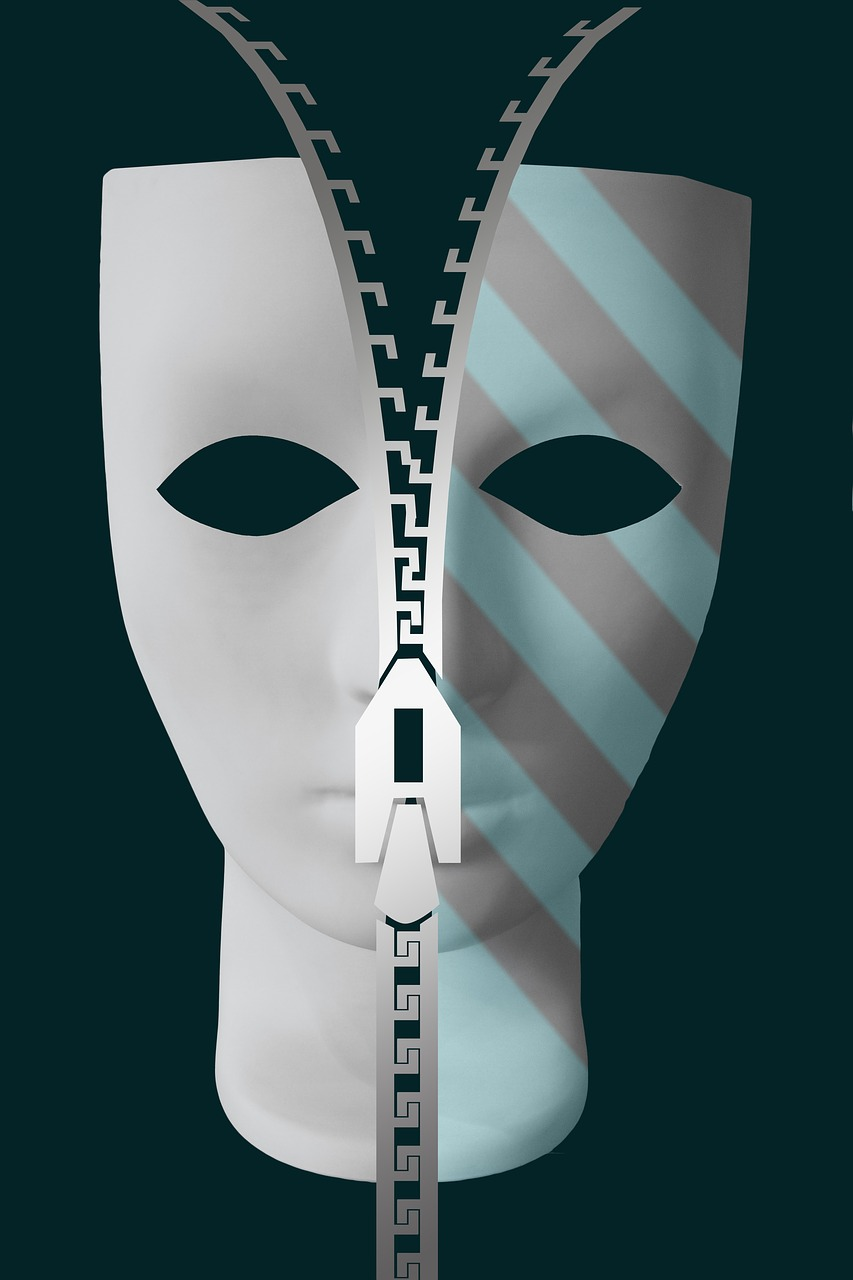We may feel in control of the communication we’re conveying to people yet we don’t always know exactly what facial expressions we’re revealing at the time, as result of our strong emotions.
That matters because it often sends unintended information that is contrary to what we would like to communicate.
This is called a microexpression, a “brief, involuntary facial expression that appears on a person’s face according to the emotions being experienced. Unlike regular, prolonged facial expressions, it is difficult to fake a microexpression,” according to ScienceofPeople.com.
Much of society is not aware of microexpressions or how to benefit from the skill development in learning about them and gaining the competency in recognizing and understanding them.

The reason for the clear deficiency in this skill is cultural, according to Mindy Peck Kurtz, a professor of speech communication at Florida State College at Jacksonville and a microexpressions coach and trainer.
“We are what is referred to as a ‘low context’ culture, meaning, we focus more on words,” Peck Kurtz says. “Therefore, we tend to neglect or ignore nonverbal behavior. Because of this, there are so many messages that we miss.”
Missing “so many messages” means misunderstandings, problems and at times, danger. Words alone do not always tell a complete story in communication. Microexpressions often reveal more of the story of what is transpiring in with someone’s words.
“If I pay attention, although I will not be able to catch everything because the behaviors can be so slight or very fast, I will be able to better see the hidden message,” Peck Kurtz says, then listing one example. “You may tell me that you are ok, but you show an expression of sadness. So, you are really not ok.”
As for reading the face, clues other people may not want to verbalize for whatever reasons, become momentarily available, allowing for greater insight and understanding.

“Doctor Carol Kinsey Goman, a nonverbal expert and author, calls understanding nonverbal behavior and microexpressions ‘the nonverbal advantage.’ I have to agree,” Peck Kurtz says. “This means that we will see more and be able to better communicate. When I pay attention and understand more, I can adjust what I say or how I say it to others.”
What about ourselves and the microexpressions we communicate – are we aware of them? Peck Kurtz says we aren’t.
“Most of our nonverbal behavior is unconscious and uncontrollable, and microexpressions are quick and about a fifth of a second,” she says. “So, we may not know what message we are really conveying to others, which can affect communication positively or negatively.”
While most people we interact with are not skilled readers of microexpressions that doesn’t mean that we don’t, at least occasionally, give ourselves away with feelings we don’t want known.
As for what causes the occurence of microexpressions, it’s the intensity of the emotions being triggered in the moment of the human interaction.
“Emotions hit fast and at varying levels,” Peck Kurtz says. “Even if I am controlling my behaviors, we will still have expressions leak out and be seen. But, I cannot control my emotions.”
We can learn what others feel, not only about a topic of conversation but about us, through effective reading of microexpressions.
You likely have experienced this in your own life. You communicate with someone and you notice their words and facial expression simply don’t align. If you’re at least moderately perceptive, you realize something is amiss. Something doesn’t seem genuine.
People might say “yes” when they mean “no” or tell you they will communicate later when they have no intention of doing so. When we rely solely on words, it is more likely we will be misled, especially when microexpressions are communicating something differently.
People with unsavory or predatory behavior, whether immoral or criminal, can also give themselves away with their microexpressions.
Becoming skilled at recognizing them and connecting them with accurate understanding could prove beneficial in gaining a valuable skill and deeper wisdom within communication. Competence in this skill set can also prove protective as well as insightful and allow for higher-grade communication.
“The most valuable benefits are the knowledge of understanding more of the world around you, and the ability to be able to better communicate with others,” Peck Kurtz says.
As for being able to learn to do this well, she says we do it now with people and that should provide confidence we can improve..
“As for becoming competent in the skills of understanding these behaviors, there are some things many people already know and have been doing for years,” Peck Kurtz says. “We all have those people in our lives we know well, so we know their behaviors. When they are ‘off,’ we can tell. All of us can read nonverbal behavior to a degree when we are not really trying, so we all have some competence. When we do try, we can see more.”
It is a skill, she says, that requires lifelong study and practice to gain mastery so as to not rely on assumptions that might not be entirely accurate.
“It does take quite a long time to be more competent. I have been studying this area more seriously for almost 20 years, and there are things I miss.”
Developing a skill set and gaining strong competency in reading microexpressions can not only help us realize more about when we’re communicating what we don’t wish to reveal but also more accurately understand what other people are feeling and expressing to us that they most likely are not saying with words and don’t want us to know.
Peck Kurtz has a reminder for people who don’t necessarily believe in microexpressions.
“One of my favorite nonverbal experts, Janine Driver, always says ‘You say more than you think.’ That is very true.”


